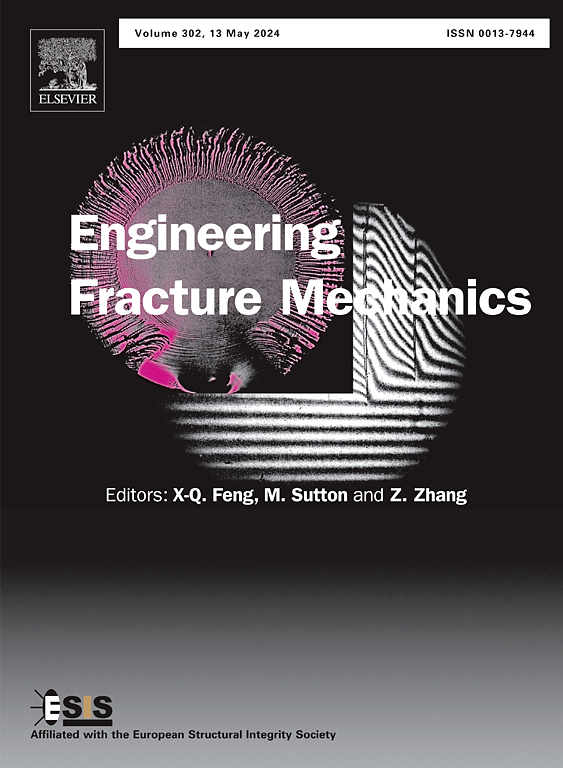A novel framework of neural network for notch fatigue life prediction by integrating self-attention mechanism and implicit physical constraints
IF 4.7
2区 工程技术
Q1 MECHANICS
引用次数: 0
Abstract
Notch fatigue life prediction is critical aspect of structural integrity analysis. This study proposes a new neural network framework − Attention Physics-Informed Neural Network (AttPINN), integrating self-attention mechanism and implicit physical constraints with neural networks. The self-attention mechanism was integrated to extract hidden pattern in input data by allocating attention to input features automatically. Implicit physical constraints were introduced to capture nonlinear relationships between input data and fatigue life without any prior knowledge. For the training and validation datasets with five types of notches and a life range of 103-107 cycles, the AttPINN predictions were within ± 2 scatter bands, while results from conventional machine learning model and traditional fatigue life equations were within ± 6 and even ± 15 scatter bands. Moreover, the prediction accuracies satisfy within the ± 3 scatter bands for test dataset. This study highlights that the self-attention mechanism significantly improves the neural network feature extraction and modeling efficiency. Implicit physical constraints enhance the generalization ability of the model, particularly for fatigue data with various notch geometries and materials. Results show that AttPINN significantly improved the prediction accuracy as well as generalization ability, making it a promising tool for notch fatigue evaluation.
求助全文
约1分钟内获得全文
求助全文
来源期刊
CiteScore
8.70
自引率
13.00%
发文量
606
审稿时长
74 days
期刊介绍:
EFM covers a broad range of topics in fracture mechanics to be of interest and use to both researchers and practitioners. Contributions are welcome which address the fracture behavior of conventional engineering material systems as well as newly emerging material systems. Contributions on developments in the areas of mechanics and materials science strongly related to fracture mechanics are also welcome. Papers on fatigue are welcome if they treat the fatigue process using the methods of fracture mechanics.

 求助内容:
求助内容: 应助结果提醒方式:
应助结果提醒方式:


